A close look at the DOT inspection checklist
While preventative maintenance should be the #1 priority for all rental operators... software tools have been too complex, slow, or non-existent for many teams to manage their fleet effectively.

Record360's comprehensive mobile app lets you create digital inspections, capture photos & videos, and securely access them online.

Seeing is believing with Record360's photo and video evidence. No more questions, just 100% certainty about your equipment's condition.

Set your team up to take immediate action by scheduling emails for failed inspections, assigning tasks, and providing internal comments.
The Record360 mobile app helps you reduce damage disputes with processes that work the way your teams do. We offer the simplest technology program you’ll ever implement so you can build customer trust, guaranteed.
Operate with customer trust & confidence. Record360 unifies your rental, service, and sales departments in a single tool — so you can protect yourself from damage. Create a consistent, transparent process with our digital inspections, tasks, and customer texting platform.




As a commercial vehicle owner or operator, it’s essential to ensure that your vehicles are safe, compliant with regulations, and running smoothly. One way to achieve this is through regular Department of Transportation (DOT) inspections. In this article, we’ll take a closer look at the DOT inspection checklist, what it includes, and how you can prepare for a successful inspection.
The Department of Transportation (DOT) is responsible for ensuring the safety of commercial vehicles and drivers on the road. One way the DOT does this is through inspections of commercial vehicles and their drivers. DOT inspections are mandatory for all commercial vehicles operating on public roads, and failure to pass an inspection can result in hefty fines and even the suspension of your vehicle’s registration.
A DOT inspection is a thorough examination of a commercial vehicle and its driver to ensure compliance with DOT regulations. The inspection covers everything from the driver’s qualifications and documentation to the vehicle’s mechanical fitness and safety equipment. The goal of the inspection is to ensure that commercial vehicles are operating safely and within the confines of federal regulations.
DOT inspections are essential for ensuring the safety of commercial vehicles and drivers on the road. The inspection process helps identify potential safety issues, allowing vehicle owners and operators to address them before they become more significant problems. Regular DOT inspections also help ensure that vehicles are compliant with federal regulations, reducing the risk of fines or penalties for non-compliance.
There are several types of DOT inspections, each with its own set of requirements and procedures. Here are the four main types of DOT inspections:
The North American Standard Inspection is the most common type of DOT inspection. It includes a thorough examination of both the driver and the vehicle. The inspection covers the driver’s qualifications and documentation, as well as the vehicle’s mechanical fitness, safety equipment, and cargo.
A vehicle-only inspection is a DOT inspection that focuses solely on the commercial vehicle. This inspection is typically performed when the driver is not present or is unavailable. The inspection covers the vehicle’s mechanical fitness, safety equipment, and cargo.
The Enhanced North American Standard Inspection is similar to the standard inspection but includes additional requirements. The inspection may include checks for electronic logging devices, hours of service compliance, and other safety-related systems.
Special inspections are conducted when there is a specific reason to believe that a commercial vehicle is not in compliance with DOT regulations. These inspections may include targeted checks of specific systems or components, such as brakes or tires.
Preparing for a DOT inspection is essential for ensuring a successful outcome. Here are some steps you can take to prepare for a DOT inspection:
Before the inspection, review all vehicle and driver documentation to ensure that everything is up to date and in compliance with DOT regulations. This includes driver’s licenses, medical certificates, vehicle registration, insurance documentation, and more.
Check all safety equipment on the vehicle, including lights, brakes, tires, and mirrors. Make sure that everything is in working order and that there are no obvious signs of wear or damage.
Perform a thorough inspection of the vehicle, checking for any mechanical issues, leaks, or other problems that could impact the vehicle’s safety or compliance with regulations.
If you identify any issues during your pre-inspection checks, address them as soon as possible. This will help ensure that your vehicle is in compliance with regulations and that you have the best chance of passing the inspection.
During the DOT inspection, the inspector will follow a set procedure to examine both the driver and the vehicle. Here’s what you can expect during a DOT inspection:
The inspector will start by examining the driver’s documentation and qualifications, including their driver’s license, medical certificate, hours of service logs, and more. They will then move on to the vehicle inspection, checking the vehicle’s mechanical fitness, safety equipment, and cargo.
At the end of the inspection, the inspector will make a decision on whether or not the vehicle and driver have passed. If there are any violations, the inspector will explain them to the driver and provide a written report.
If there are any violations identified during the inspection, the driver or vehicle owner will be required to address them as soon as possible. This may involve making repairs or taking other corrective actions to bring the vehicle into compliance with DOT regulations.
After the DOT inspection, there are several steps you should take to ensure that you remain in compliance with regulations and that you’re prepared for future inspections:
Keep detailed records of all DOT inspections, including the inspection report and any corrective actions taken to address violations. This information can be useful in future inspections and can help you identify any recurring issues that need to be addressed.
If there were any violations identified during the inspection, make sure to address them as soon as possible. Failure to do so can result in fines and penalties, as well as the suspension of your vehicle’s registration.
Use the information from your DOT inspection to prepare for future inspections. Identify any recurring issues and take steps to address them proactively. Make sure that your drivers and vehicles are always in compliance with DOT regulations.
Record360 is the #1 digital inspection and asset condition management platform designed to simplify the inspection process and improve compliance. The platform enables users to capture and record inspection data in real-time, making it easy to track and manage inspection records.
Record360 can help enhance the safety and compliance of commercial vehicles in several ways:
Our app makes it easy to capture and record inspection data in real-time. This helps ensure that inspection records are accurate and up-to-date, and that all recordkeeping requirements are met.
Record360’s digital inspection platform enables users to identify recurring issues and track them over time. This helps vehicle owners and operators identify potential safety issues and take corrective action before they become more significant problems.
With Record360, compliance is simplified by providing a centralized platform for managing inspection records and tracking corrective actions. This can help reduce the risk of fines and penalties for non-compliance.
DOT inspections are a critical part of ensuring the safety of commercial vehicles and drivers on the road. By following the DOT inspection checklist and preparing for inspections, you can ensure that your vehicles are safe, compliant, and ready for the road.
Schedule a demo today and elevate your compliance process with our cutting-edge solution.
See why thousands of people across the world trust Record360.